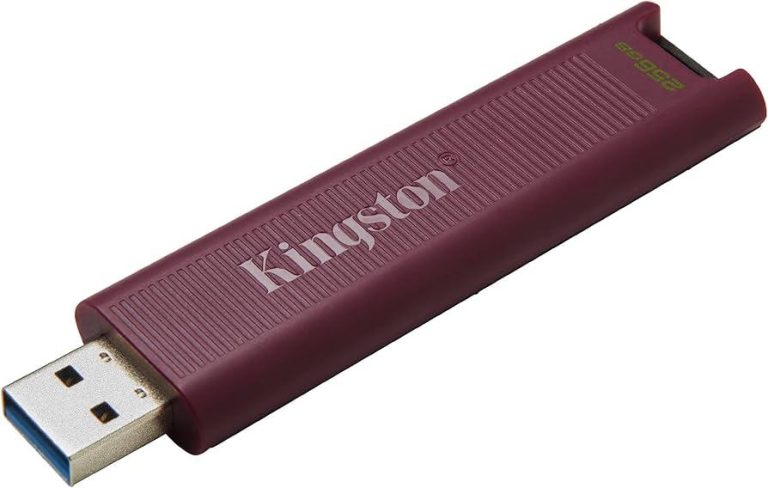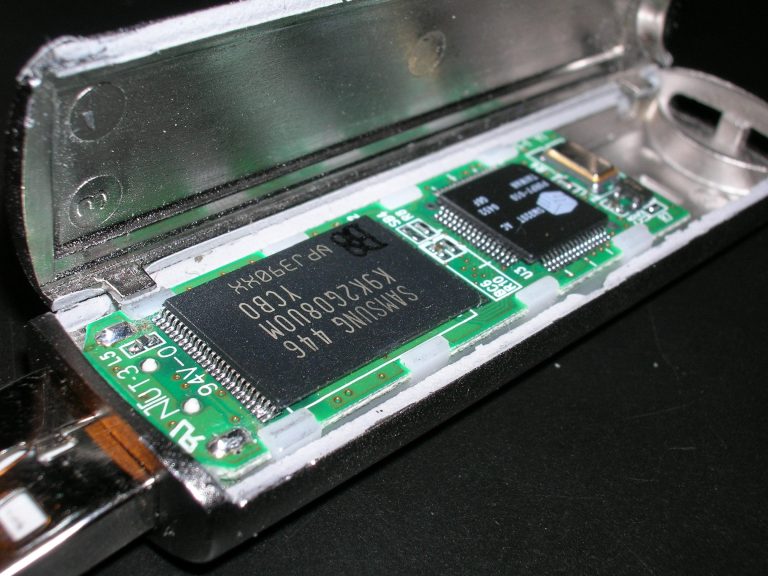How long can a flash drive hold data without power?
“`Flash drives, also known as USB drives, are incredibly popular for storing and transferring data. However, one common concern is how long a flash drive can hold data without power. In this comprehensive guide, we’ll explore data retention in flash drives, factors that influence it, and practical tips to maximize the lifespan of your stored data. Whether you’re a tech enthusiast or just curious, this article is designed to provide valuable insights into the world of flash storage.
Understanding Flash Drive Data Retention
Flash drives use NAND flash memory to store data. Unlike volatile memory, flash memory doesn’t require a continuous power supply to retain data. It can hold data for a significant period, even when unplugged or not in use. However, data retention ultimately depends on several factors such as the quality of the flash memory, usage patterns, and environmental conditions.
Factors Influencing Data Retention
- Quality of Flash Memory: High-quality flash memory typically offers better data retention. Cheaper flash drives may use lower-grade memory that is less reliable over time.
- Write/Erase Cycles: Flash memory has a limited number of write/erase cycles. Frequent writing and erasing can wear out the memory cells, reducing their ability to retain data.
- Environmental Conditions: Exposure to extreme temperatures, humidity, and other environmental factors can degrade flash memory and affect data retention.
- Storage Conditions: Proper storage conditions, such as keeping the flash drive in a cool, dry place, can help prolong data retention.
Expected Lifespan of Flash Drive Data
On average, a good quality flash drive can retain data for around 10 years without power. However, this duration can vary based on the above-mentioned factors. Here’s a brief overview of data retention expectations:
| Flash Drive Quality | Data Retention (Years) |
|---|---|
| High-Quality | 10-20 |
| Mid-Quality | 5-10 |
| Low-Quality | 1-5 |
Practical Tips to Maximize Data Longevity
To ensure that your data remains intact for as long as possible, you can follow these practical tips:
Choose High-Quality Flash Drives
Investing in high-quality flash drives from reputable brands can significantly enhance data retention. Look for drives with good reviews, solid build quality, and those that use reliable NAND flash memory.
Minimize Write/Erase Cycles
Avoid excessive writing and erasing of data on your flash drive. Use it primarily for storage and transfer rather than as a primary workspace. This practice can help preserve the drive’s memory cells.
Proper Storage Conditions
Store your flash drives in a cool, dry place, away from direct sunlight and extreme temperatures. Consider using protective cases to prevent physical damage.
Regular Backups
Regularly back up important data from your flash drive to other storage mediums such as external hard drives, cloud storage, or even optical discs. This ensures that you have multiple copies in case one fails.
Avoid Environmental Stress
Keep your flash drives away from harsh environmental conditions like moisture, dust, and extreme temperatures. Avoid leaving them exposed in hot cars or damp environments.
Benefits of Using Flash Drives
Flash drives offer several advantages that make them a popular choice for data storage and transfer:
- Portability: Flash drives are compact and easy to carry, making them ideal for transferring files between devices.
- Durability: Unlike traditional hard drives, flash drives have no moving parts, making them more resistant to physical shocks and drops.
- Energy Efficiency: Flash drives consume less power, which is particularly beneficial for portable devices.
- Immediate Access: Flash drives offer fast read and write speeds, allowing for quick data access and transfer.
Conclusion
a flash drive can hold data without power for an extended period, typically ranging from 1 to 20 years, depending on various factors. By choosing high-quality drives, minimizing write/erase cycles, and storing them properly, you can maximize data retention. Regular backups are also crucial to safeguard your important files.
We hope this article has answered your questions about how long a flash drive can hold data without power. Understanding these aspects will help you make informed decisions about data storage and longevity, ensuring your digital memories and essential files remain safe and accessible.
“`







